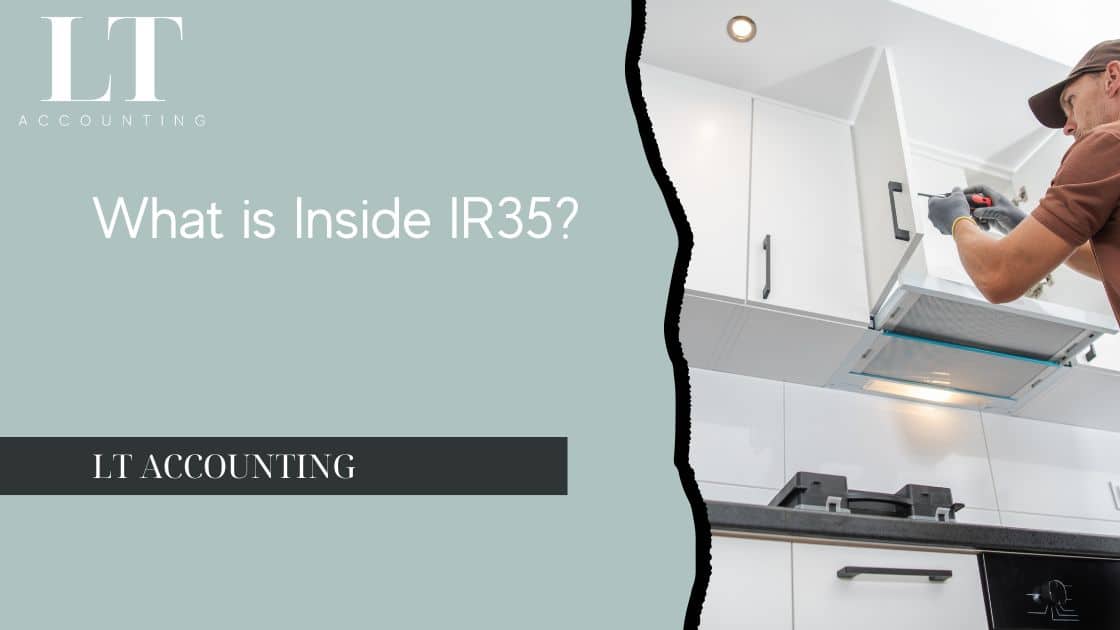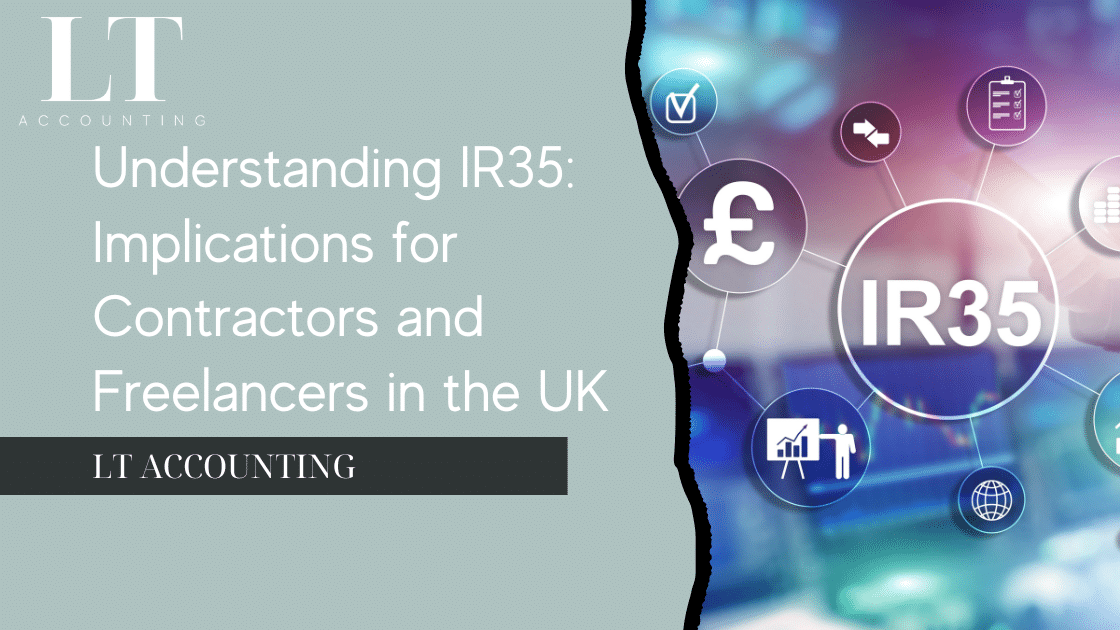IR35 is a tax legislation in the United Kingdom designed to identify and tackle tax avoidance by workers supplying their services to clients via an intermediary, such as a personal service company (PSC), who would otherwise be an employee if the intermediary was not used. Understanding whether you fall inside IR35 is crucial for both contractors and businesses to ensure compliance with HMRC regulations and avoid significant tax penalties. This guide will provide a comprehensive understanding of what it means to be inside IR35, the implications, and the steps necessary to navigate this complex area of tax law.
Understanding IR35
What is IR35?
Introduced in 2000, IR35 is also known as the ‘off-payroll working rules’. Its primary objective is to prevent the avoidance of tax and National Insurance Contributions (NICs) by individuals who provide services through intermediaries but who would be considered employees if the intermediary was not involved.
Inside IR35 vs. Outside IR35
- Inside IR35: This means that, for tax purposes, the contractor is considered an employee of the client. Consequently, the contractor must pay income tax and NICs similarly to a regular employee.
- Outside IR35: This implies that the contractor is operating as a genuine business. The income is taken as company profits, allowing for more favourable tax treatment.
Inside IR35 Meaning
Determining Employment Status
To determine whether a contract is inside or outside IR35, several factors are considered, primarily focusing on the nature of the working relationship. These factors include:
- Control: How much control does the client have over what, how, when, and where the work is done?
- Substitution: Is the contractor required to carry out the work personally, or can they send a substitute?
- Mutuality of Obligation: Is there an obligation for the client to offer work, and for the contractor to accept it?
Key Indicators of Being Inside IR35
- Control: If the client dictates the contractor’s working hours, location, and manner of work, this points towards being inside IR35.
- Substitution: If the contractor cannot provide a substitute and is expected to perform the work personally, this indicates an employment-like relationship.
- Mutuality of Obligation: If the client is obliged to provide work and the contractor is obliged to accept it, this signifies an employment relationship.
Implications of Being Inside IR35
Financial Impact
Being inside IR35 has significant financial implications:
- Taxation: Contractors inside IR35 are required to pay income tax and NICs at the same rates as employees. This typically results in a higher tax burden compared to being outside IR35.
- Expenses: The range of allowable business expenses that can be claimed is more restricted.
- Take-Home Pay: Net income is reduced due to the higher tax and NICs obligations.
Administrative Responsibilities
- PAYE (Pay As You Earn): Contractors must ensure that they, or their intermediary, operate PAYE, deducting the appropriate tax and NICs from their income.
- Record Keeping: Maintaining accurate records of income, expenses, and relevant contracts is crucial for compliance and potential HMRC investigations.
Navigating Inside IR35
Assessing Status
- Contract Review: Regularly reviewing contracts and working practices is essential. Ensuring contracts reflect the true nature of the working relationship helps in making an accurate determination.
- Professional Advice: Seeking advice from tax specialists or accountants with expertise in IR35 can provide clarity and ensure compliance.
Working Practices
- Maintain Business-Like Practices: Keeping business activities distinct from employee-like behaviour helps substantiate an outside IR35 status. This includes having multiple clients, providing your own equipment, and not being integrated into the client’s organisation.
HMRC’s CEST Tool
- Check Employment Status for Tax (CEST): HMRC provides an online tool, CEST, to help determine whether a contract is inside or outside IR35. While not legally binding, it can provide a helpful indication and documentation for your records.
Preparing for IR35 Investigations
Documentation
- Contracts: Ensure that contracts are clear and accurately reflect the working relationship.
- Working Practices: Maintain evidence of working practices that support your status, such as communication with clients, marketing materials, and records of multiple clients.
Dealing with HMRC
- Cooperation: Cooperate fully with HMRC during investigations, providing requested documentation promptly.
- Professional Representation: Having an accountant or tax advisor represent you can ensure that your case is presented accurately and professionally.
Conclusion
Understanding whether you fall inside or outside IR35 is critical for compliance with UK tax laws and avoiding significant financial penalties. By carefully reviewing contracts, maintaining appropriate working practices, and seeking professional advice, contractors can navigate the complexities of IR35. Being well-prepared and informed ensures that contractors can operate within the law while optimising their financial position.
For contractors and businesses alike, staying up-to-date with IR35 regulations and regularly reviewing working relationships and contracts is essential for ensuring compliance and minimising risk.



